Are you worried about crate training your new puppy? Fret not! We have the perfect guide to help you create an effective puppy crate training schedule that will make the process a breeze for both you and your furry friend. This blog post will walk you through the steps to establish a routine, adapt the schedule to your puppy’s needs, and introduce them to their crate in a positive and comfortable manner.
Short Summary
- Create an effective puppy crate training schedule for your pup’s wellbeing.
- Establish a consistent routine with regular playtime, feeding time, and crate time.
- Provide positive reinforcement to create strong associations between the puppy and their crate.
Read more: on Furlyfe’s training lessons with Dog Training 101.
Creating a Puppy Crate Training Schedule
Getting your puppy crate trained is crucial for their overall development and well-being. Crate training helps your puppy feel comfortable, understand what is acceptable to chew on, and become potty trained.
Creating a schedule for crate training a young puppy can make life simpler and more fulfilling for both of you. To create an effective cage training schedule, it is essential to establish a routine and adapt it as your puppy grows.
Establishing a Routine
A consistent routine is key to a successful cage training process. This includes regular playtime, feeding time, and crate time to ensure your pup’s success. It is recommended to spend 15-20 minutes playing, 30 minutes feeding, and 1-2 hours in cage time. If you are starting with a very young puppy then times may be shorter.
This routine provides good mental and physical stimulation for your pet. Additionally, it is essential to take puppies out of the crate every few hours for bathroom breaks to keep them healthy and happy. After a few hours, you will notice the positive impact of this routine on your pet’s behavior.
By having a well-established routine, you provide your pup with structure and comfort, making the crate training process smoother and more enjoyable. This will also help your puppy develop good habits, which will be beneficial as they grow into an adult dog.
Adapting to Your Puppy’s Age and Needs
To successfully crate train your puppy, it’s important to adapt the crate training schedule to their age and needs, considering their ability to hold their bladder and their energy levels. A puppy can typically maintain bladder control for an amount of time equal to its age in months, plus one – a great way to help them build up their bladder muscles.
When selecting a crate for your puppy, ensure it is big enough for them to stand, turn, sit, and lay down comfortably. You should also consider using a divider to ensure your puppy has the perfect amount of space as they grow. Keep in mind that starting crate training at 8 weeks old is the perfect time to get your puppy accustomed to their new home.
Essential Crate Training Equipment
Before diving into the crate training process, it’s critical to gather some essential equipment to set you and your puppy up for success. The two main components you’ll need are the right crate and a selection of chew toys and treats for your pup.
Selecting the perfect crate is the first step to get started on your puppy crate training schedule. Additionally, providing chew toys and treats can help keep your puppy happily occupied and create delightful positive associations with the cage.
Choosing the Right Crate
When selecting a crate for your puppy, consider factors such as the size of the crate and the puppy’s potential for destruction. Plastic dog crates and wire crates, are excellent dog crate material options for crate training.
Plastic crates are lighter weight and better for travel whereas, wire crates provide better ventilation. To make sure your puppy is comfortable, ensure the dog crates are big enough for them to stand, turn, sit, and lay down comfortably.
Not all crates are created equal, and it’s crucial to choose the right crate size based on your puppy’s breed and size.
Chew Toys and Treats
Chew toys and treats play a vital role in the cage training process. They help keep your puppy entertained and create positive associations with the cage. Some of the best chew toys for puppy crate training include the Nylabone Dura Chew Toy, Tomahauk Snuffle Mat, and interactive puzzle feeders.
To make cage training more enjoyable, you can delight your pup with hollow bones or toys stuffed with peanut butter, dry food, and treats. These will help keep your puppy occupied while also rewarding them for spending time in their crate. Happy and engaged puppies are more likely to have a successful crate training experience.
Introducing Your Puppy to the Crate
The first step to introduce your puppy to their crate is to open the crate door and enticingly toss a treat inside. Keep the door open and let your pup explore its new environment.
The gradual introduction is key to building your puppy’s confidence and creating a positive environment for them in the cage.
Gradual Introduction
To ensure a smooth introduction to the crate, start by allowing your puppy to explore the crate and reward them for entering and exiting it. This will help your puppy become comfortable with the cage and understand that it’s a safe space for them to be in.
- Fill a hollow dog toy or bone with a dab of peanut butter, some kibble, or a few treats
- Allow your puppy to explore the treat-stuffed toy
- Place the toy inside the crate while keeping your puppy outside
- Give your puppy a moment to observe the treat in the crate
- Open the crate, let your puppy in
- Follow this procedure for the initial few times you introduce him to the crate
- Slowly begin closing the crate door and extending the time in the crate
- With a well-thought-out routine for crating, meals, and training, both your and your puppy’s days will be more harmonious. Wishing you countless joyful moments with your new companion!
Remember to be patient and consistent during this process, as it may take some time for your pup to fully embrace their crate, especially when transitioning from adult dogs to a crate environment.
Building Confidence in the Crate
As your puppy begins to explore their crate, it’s important to build their confidence and make them feel secure. Start by closing the door for 1 second after your puppy enters the cage, then open it and say “Out!” to encourage them to leave. Gradually increase the time they spend inside the cage, ensuring they feel comfortable and relaxed.
Making the crate comfortable and inviting for your puppy is essential to their overall crate training success. This can be achieved by adding blankets, towels, or a cage pad to the cage. Additionally, providing a cozy stuffed animal can make the cage feel even more like a safe and welcoming den.
As your puppy’s confidence in the crate grows, continue to reward them with treats or verbal praise when they show the behavior you want to see. This positive reinforcement will motivate your pup to continue displaying good behavior and embrace their cage as a safe and comfortable space.
Crate Training Games: Making Confinement Fun
Crate training games are an innovative approach to make the crate a positive and enjoyable space for your dog. Instead of viewing the crate as a mere confinement tool, these games transform it into a hub of fun and rewards. One popular game involves hiding treats in the crate and encouraging your dog to “find” them, turning the crate into a treasure trove of surprises.
Another game is the “in-and-out” challenge, where you command your dog to enter and exit the crate, rewarding them each time they follow correctly. This not only reinforces the command but also associates the crate with positive reinforcement. Some owners also use toys exclusive to the crate, ensuring that the dog looks forward to crate time to play with those special toys.
These games not only ease the process of crate training but also ensure that the dog perceives the crate as a safe and enjoyable space.
Potty Training and Crate Training
Potty training and crate training are closely connected, as both rely on scheduling and consistency. By crate training your puppy, you’re providing them with a clear understanding of what is appropriate to chew and facilitating the potty training process.
In this section, we’ll focus on scheduling potty breaks and preventing accidents during crate training, which is an essential part of house training.
Potty Break Scheduling
Creating a potty break schedule based on your puppy’s age and needs is essential for their comfort and wellbeing. For a two-month-old puppy, for example, you should ensure they get the opportunity to go out and pee every couple of hours. As your puppy grows, you’ll need to adjust their potty break schedule to accommodate their changing needs and bladder control capabilities.
Make sure to offer a ‘last call’ potty break before bedtime to prevent accidents during the night. By staying consistent with your potty break schedule, you’ll be setting your puppy up for success in both potty training and crate training.
Preventing Accidents
Preventing accidents during crate training is crucial for your puppy’s overall success. To do this, it’s important to observe your puppy’s behavior closely and adjust the crate training schedule accordingly. If your puppy isn’t responding well to the cage training schedule, taking a break and reassessing the situation can help ensure your pup gets the most out of the training.
By understanding your puppy’s behavior and monitoring their progress, you can make the necessary adjustments to their crate training schedule to prevent accidents and setbacks. This includes modifying feeding schedules, potty breaks, and crate time to ensure your puppy continues to receive appropriate care and attention as they grow.
Crate Training at Night
Crate training at night can be a challenge, but with a consistent bedtime routine and effective handling of nighttime potty breaks, you can make the process smoother for both you and your pup.
In this section, we’ll discuss establishing a bedtime routine and handling nighttime potty breaks effectively.
Establishing a Bedtime Routine
Creating a consistent bedtime routine for your puppy is essential for their comfort and wellbeing at night. To help your puppy get comfortable with their crate, keep it close by and line it with puppy training pads. To create a calming atmosphere before bed, dim the lights, play soothing music, use calming oils, or provide a toy that plays the sound of a heartbeat. Don’t forget to exercise your puppy mentally and physically for at least 10-30 minutes before bedtime – it’ll help them wind down and get ready for a restful sleep.
Taking your puppy outside for a bathroom break before bed is also crucial in ensuring they feel comfortable and happy throughout the night. Make sure to offer a ‘last call’ potty break to prevent accidents and promote a peaceful night’s sleep for both you and your pup.
Handling Nighttime Potty Breaks
Handling nighttime potty breaks calmly and efficiently is essential for a successful cage training experience. When your pup needs to go out during the night, close the door to their crate and talk in gentle tones. Then, take them out a couple of times during the night until they reach four to six months of age. After that, they should be able to make it through the night without going outside.
To prevent accidents during nighttime potty breaks, make sure to take your puppy directly to their designated potty area and give them a couple of minutes to go potty. Once they’ve successfully eliminated, cheerfully congratulate them and bring them back inside with lots of love. By staying consistent with your nighttime potty break routine, you’ll be setting your puppy up for success in both potty training and crate training.
Dealing with Whining and Barking
Whining and barking during crate training can be frustrating for both you and your puppy. The key to dealing with these behaviors is to identify the cause and respond appropriately, incorporating dog training techniques as needed.
In this section, we’ll discuss how to determine the cause of your puppy’s whining or barking and how to respond calmly and consistently.
Identifying the Cause
There could be various reasons behind your puppy’s whining and barking during crate training, such as the need to go potty, seeking your attention, fear or anxiety, their genetic predisposition, and environmental stimuli. To pinpoint the cause, it’s important to observe your puppy’s body language and vocalizations closely.
By understanding your puppy’s behavior and the underlying cause of their whining and barking, you can address the issue effectively and help them feel more secure and comfortable in their crate. This will not only improve their crate training experience, but also promote a stronger bond between you and your pup.
Responding Appropriately
Responding calmly and consistently to your puppy’s whining and barking is key to teaching them the desired behavior and helping them understand that their current behavior is not acceptable. If your puppy is whining or barking due to discomfort, anxiety, or a need for attention, it’s important to address the underlying issue and provide them with the appropriate care and support.
By reinforcing positive behavior and addressing any underlying issues, you’ll be helping your puppy develop a strong, positive association with their crate. This will not only make the crate training process more enjoyable for both you and your pup, but also ensure their overall happiness and wellbeing.
Adjusting the Crate Training Schedule as Your Puppy Grows
As your puppy grows and their needs change, it’s important to adjust the crate training schedule accordingly. In this section, we’ll discuss how to transition to less confinement as your puppy becomes more comfortable and reliable.
How to modify feeding and potty breaks as they grow will also be discussed.
Transitioning to Less Confinement
When your puppy becomes more comfortable and reliable in their crate, it’s time to gradually increase the amount of time they spend outside the crate. Start by giving them the freedom to come and go from the cage as they please by leaving the door open. Monitor their behavior closely during this transition period and adjust the schedule as needed to ensure their safety and wellbeing.
Creating a designated area or room for your puppy to explore outside the crate is a great way to keep them safe and comfortable. Make sure to puppy-proof the area and provide them with toys, water, and a comfortable bed. By gradually extending their time outside the cage, you’ll be helping your puppy adjust to their new freedom in a positive and successful manner.
Modifying Feeding and Potty Breaks
As your puppy grows, it’s important to modify their feeding schedule and potty breaks to ensure they continue to receive appropriate care and attention. To ensure your puppy gets the best nutrition, consult with a vet for the optimal feeding schedule. Adjusting their potty breaks as they grow is also essential for their health and wellbeing.
By understanding your puppy’s age, size, and activity level, you can make the necessary adjustments to their crate training schedule to ensure they continue to thrive. This includes modifying feeding schedules, potty breaks, and crate time to accommodate their changing needs. With the right approach, your puppy will continue to develop good habits, making for a happy and well-adjusted adult dog.
Meet: Shih Tzu
Crate Training Routine: Putting it All Together
A successful crate training routine typically adheres to the following sequence:
- Confinement
- Potty Relief
- Activity, Training, and Enjoyment
- Supervised Exploration…and then the cycle repeats.
The above sample cycle shows recommended times for confinement, potty, activity, and exploration for an 8 week old puppy. As the puppy ages and gets more comfortable with the crate, begin extending the time outside the crate for feeding and exercise.
Furthermore, ensure that your puppy has a chance to relieve himself after meals and whenever transitioning from a more restrictive environment to a more open one. For instance, when moving from the crate to playtime or from a puppy enclosure to freely roaming the living room. Maintaining a regular crating schedule aids in housebreaking and offers numerous other benefits.
Summary of Creating a Puppy Crate Training Schedule
In conclusion, cage training your puppy is a crucial part of their development and overall well-being. By creating a tailored crate training schedule, establishing a routine, and adapting to your puppy’s age and needs, you can make the process enjoyable and successful for both you and your furry friend. Remember to be patient, consistent, and attentive to your puppy’s needs as they grow and change. With dedication and love, you’ll have a crate-trained, well-behaved, and happy pup in no time!
Meet: Segugio Italiano
Frequently Asked Questions
1. How long can you leave an 8 week old puppy in a crate?
For an 8-10 week old puppy, it is recommended not to leave them in a cage for longer than 3 hours. Even if they have gone to the bathroom before being created, stress can cause them to need to go sooner. This is why it is important to take them out of the cage regularly to give them a chance to go to the bathroom and to reduce their stress levels.
2. How do you positively reinforce a crate?
Positively reinforce a crate by making it comfortable with bedding and safe toys, leaving the door open to the cage, throwing a favorite treat or toy inside, and offering plenty of praise when your puppy goes in. This will create a positive association in your pup’s mind that will make them feel happy.
3. How can I make the crate more comfortable for my puppy?
Make the cage extra cozy inside the crate by adding blankets, towels, or a cage pad – your puppy will love it!
Read more with AKC’s how to crate train in 9 steps.
Interesting Reads:
Can Dogs Eat Rockmelon (Cantaloupe)?
Understanding Dog Displacement Behavior
Introduction to the Aussiedor: A Harmonious Blend of Intelligence and Loyalty


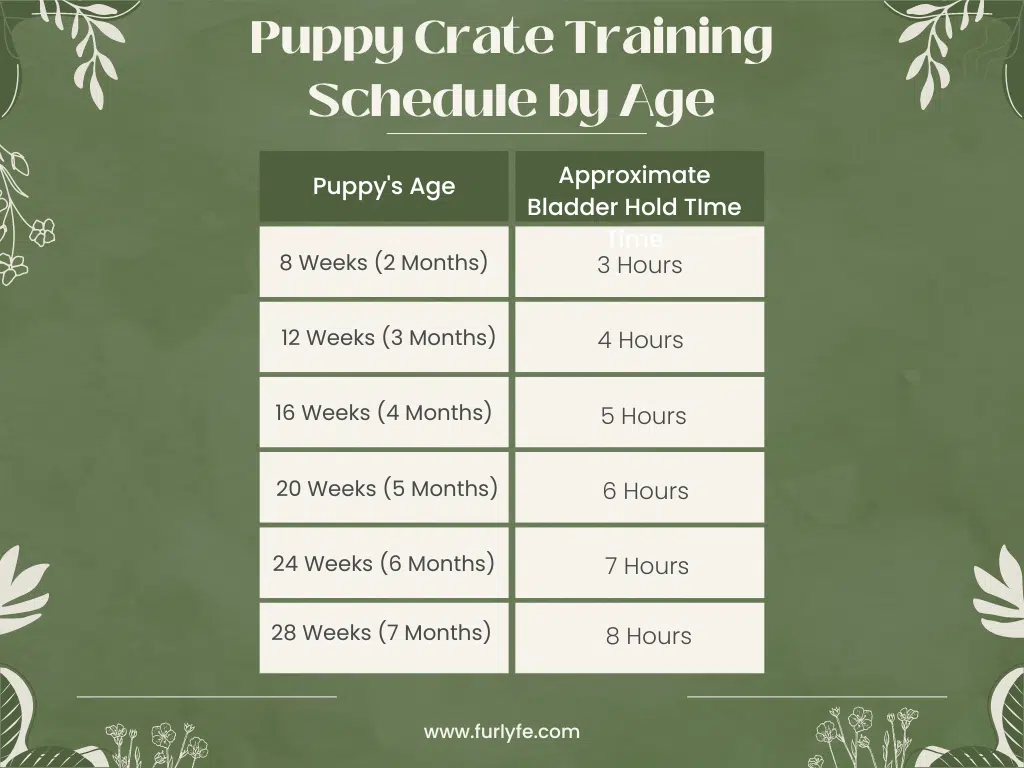
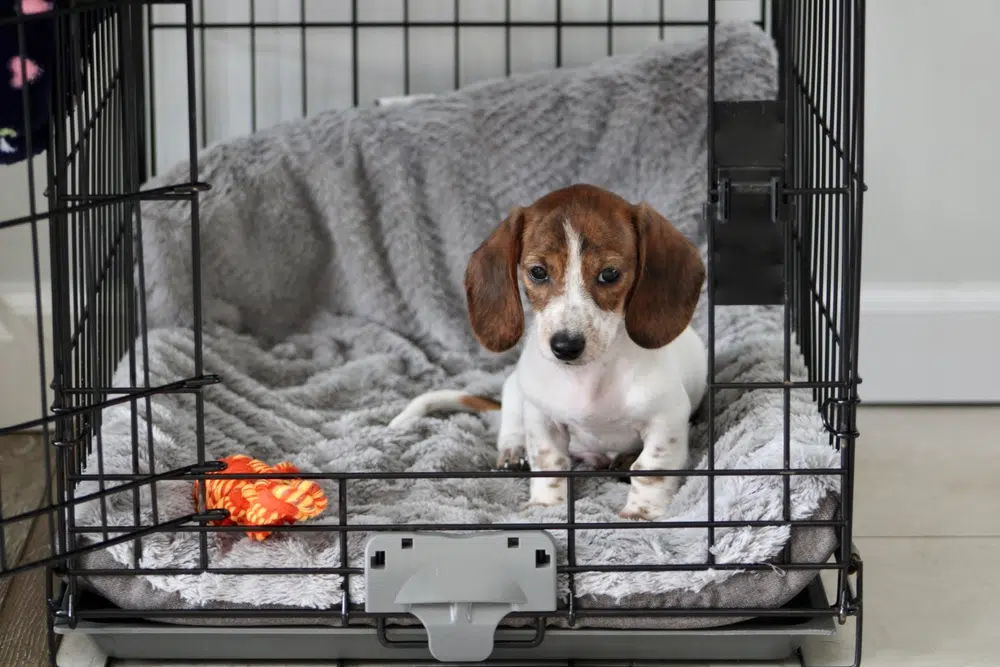

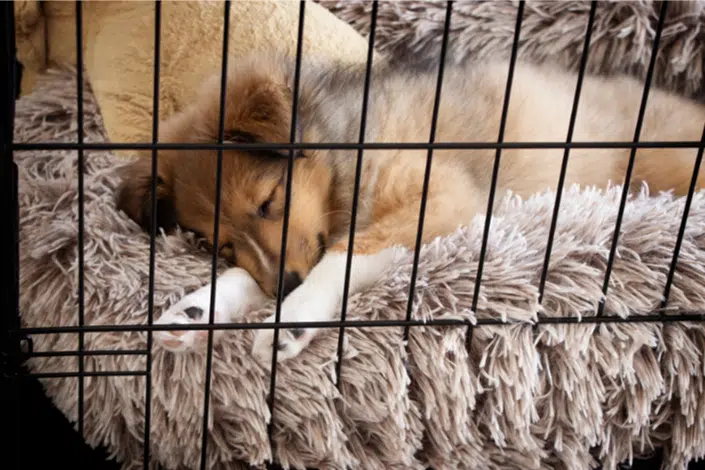
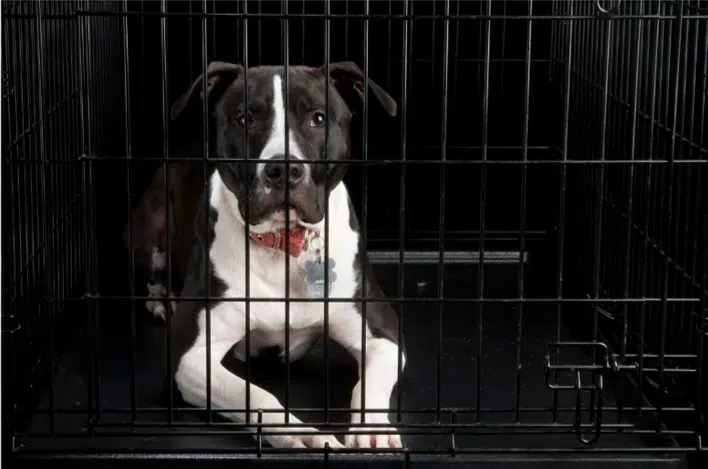
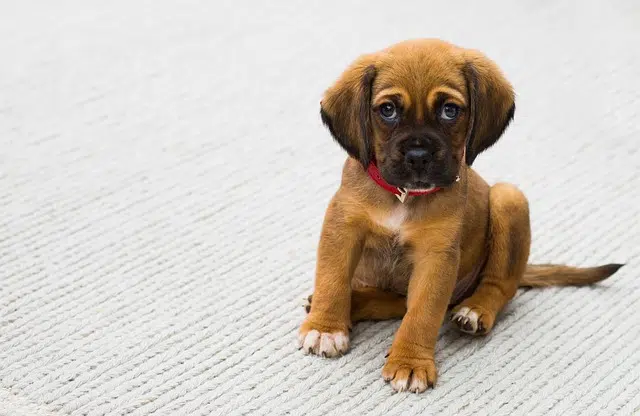

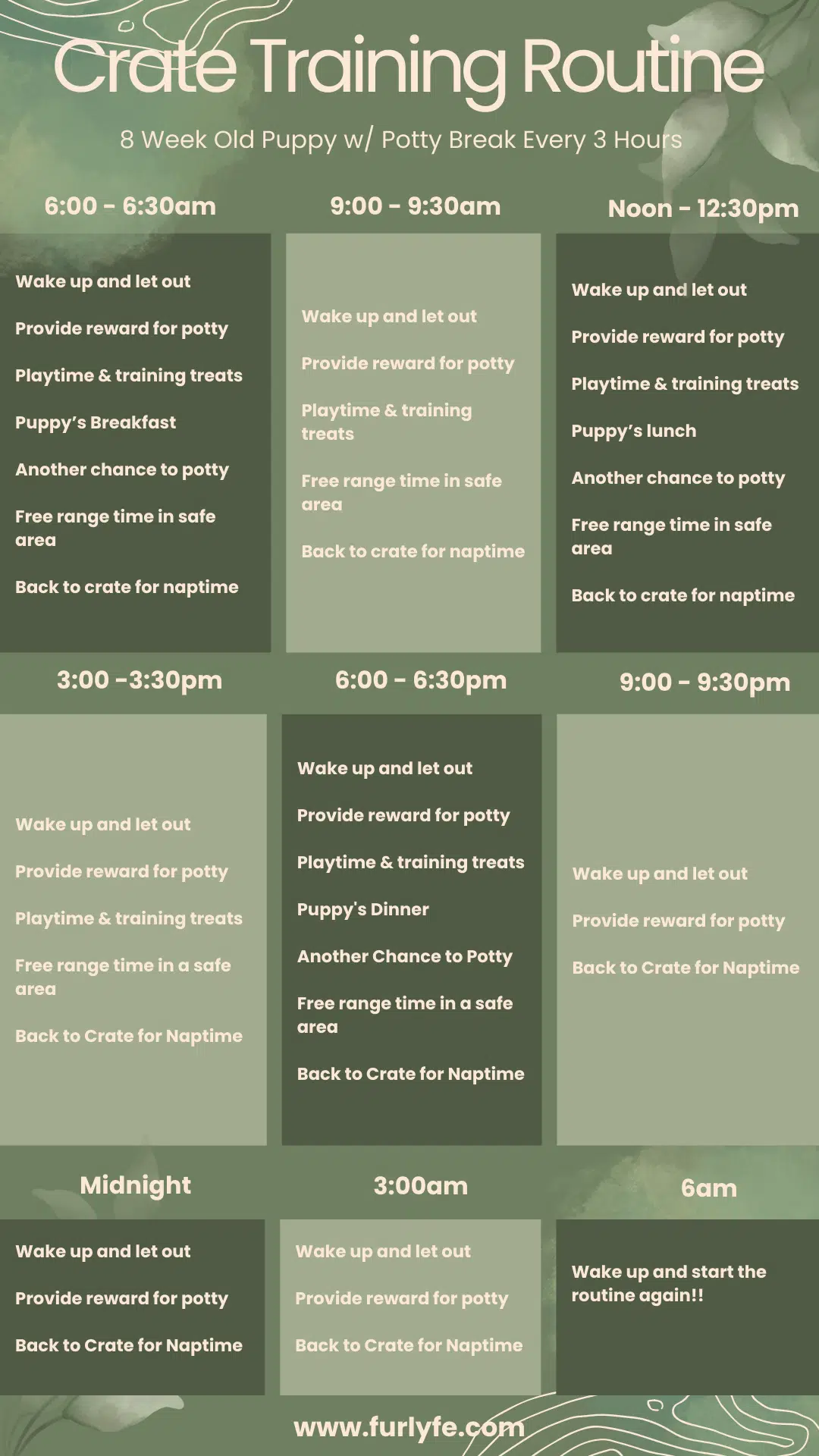

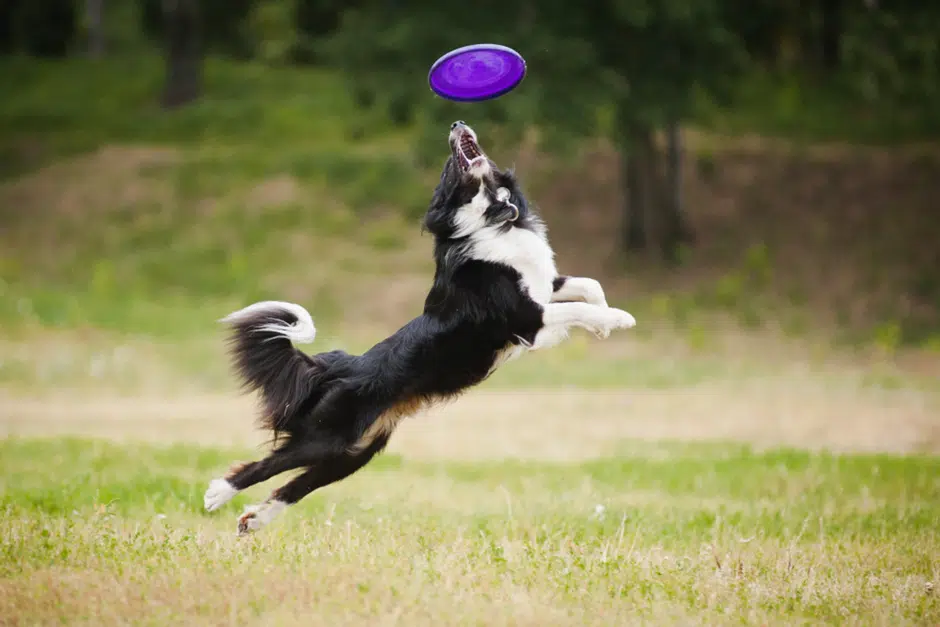
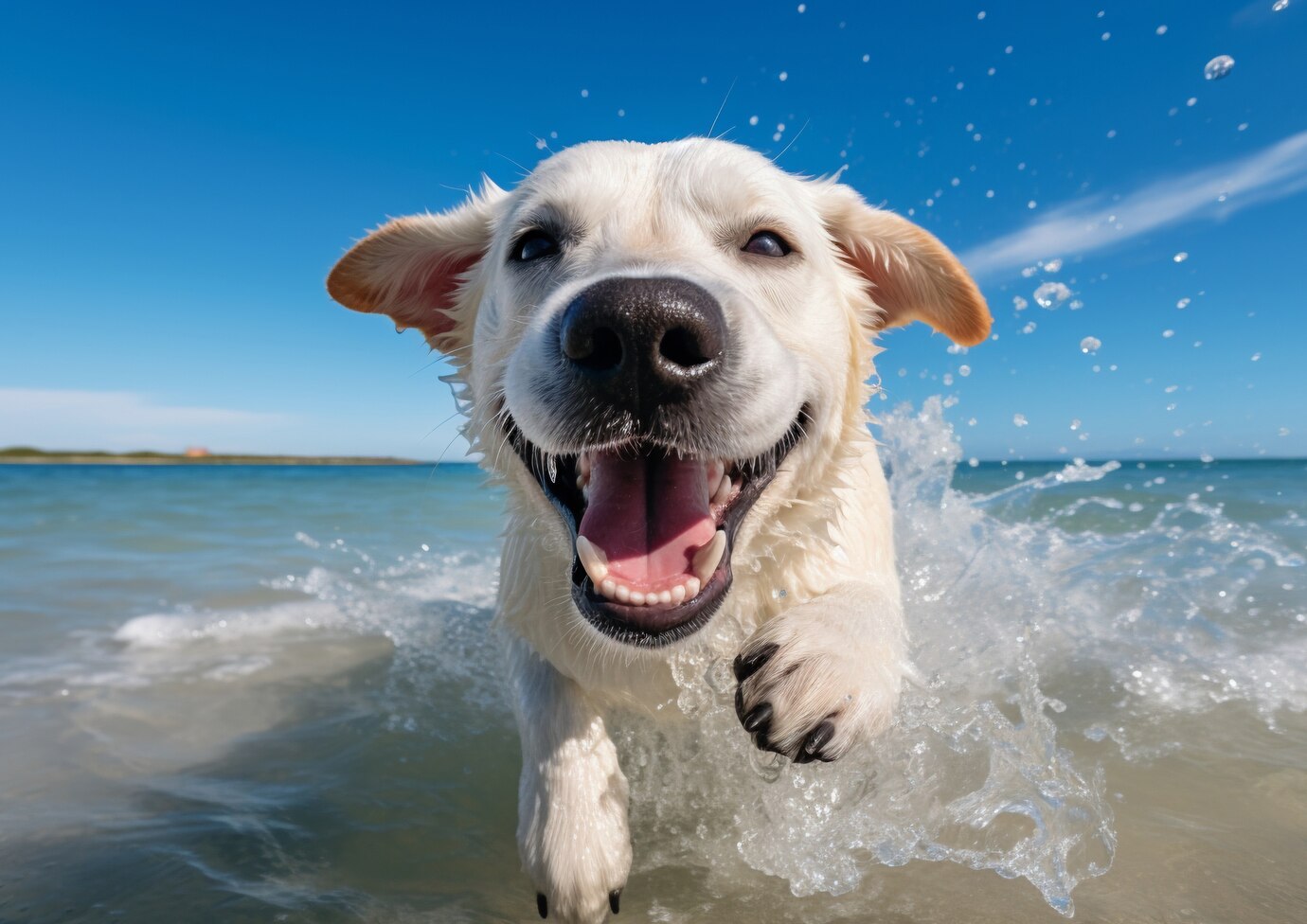
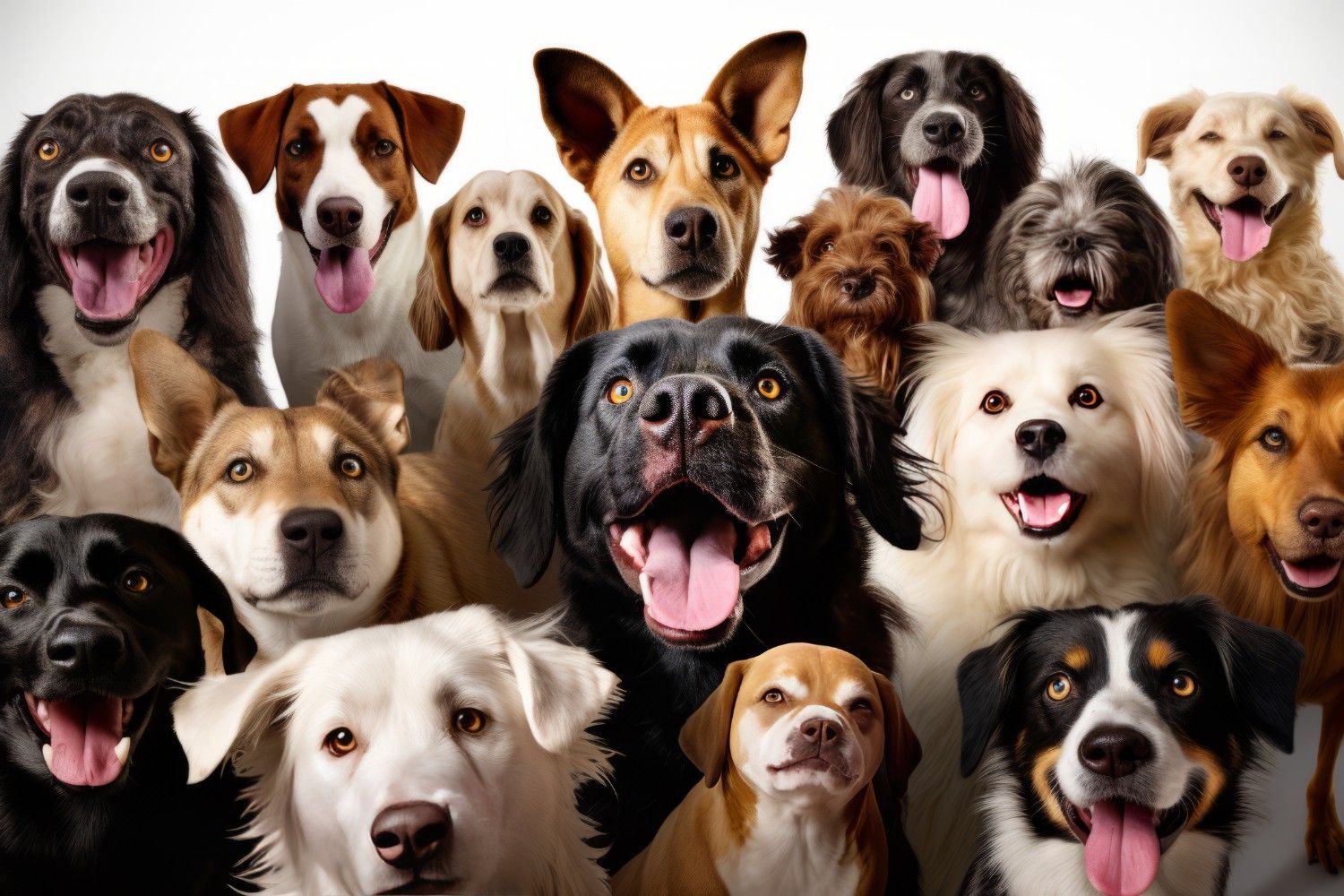


Get involved!
Comments